A little tool but a useful culinary utensil is the butter knife. It facilitates the easy spreading of butter on toast or bread. It’s safe, even for children, because of its blunt edge. It’s excellent with soft cheeses and spreads as well as butter. Our dinners are tidy and pleasurable since this knife prevents our bread from ripping. No more crushed, untidy bread if you have a stainless steel butter knife. It makes a significant impact on our everyday culinary adventures—particularly when it comes to breakfast.
The history of a butter knife
The history of the butter knife is intriguing and transports us back to time. In the distant past, butter was not cut using specialized blades. They cut everything with the same sharp blades, which frequently resulted in sloppy butter and ripped bread.
Better table manners became necessary in the 17th century as elegant dinners gained popularity among the rich. The butter knife made its dramatic debut at that point. It couldn’t cut bread or injure someone because it was meant to be blunt. This made it ideal for softly spreading butter on toast without causing damage to it.
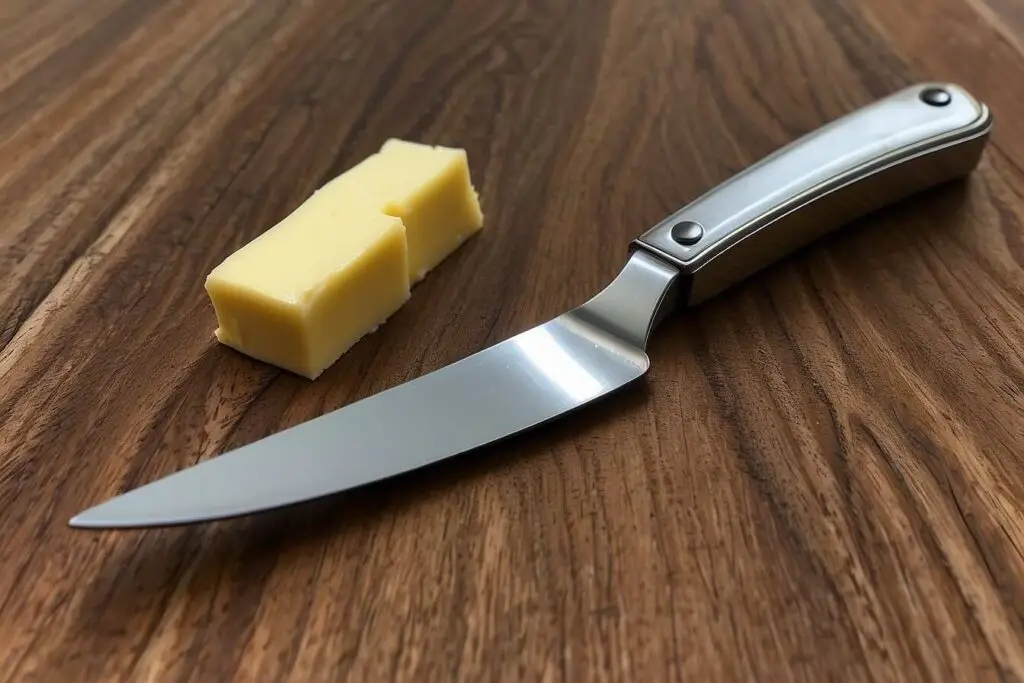
Originally, only the wealthy could afford these knives as crafted from pricey materials like silver. They were a part of sophisticated dining settings and featured lovely patterns. The notion of cutting butter with a different knife gained traction over time.
Butter knives were more widely available and reasonably priced in the 19th century as mass manufacturing increased. They began to emerge not just in wealthy homes but also in ordinary dwellings. The stainless steel used to make these knives was frequently robust and easily cleaned.
Over time, the butter knife’s design hasn’t changed all that much. It’s tiny, has a blunt or rounded edge, and a comfortable handle. Butter knives are a common household item these days. They are a staple of our meals, facilitating the simple and orderly spreading of spreads like butter and jams.
The butter knife has therefore advanced significantly. From an upscale cooking item for the affluent to regular assistance in our kitchens. Our meals become much easier and much more delightful with this tiny piece of history on our tables. Isn’t it remarkable how something so straightforward can have such a deep backstory?
What are the best uses of a butter knife?
You don’t simply use a butter knife for butter! It is a multipurpose kitchen gadget. Here are the top 4 applications for a butter knife:
Spreading Butter
Obviously, its primary use is to spread butter. Because of its blunt edge, the butter knife is ideal for spreading butter on toast or bread without damaging it. It uniformly distributes butter, resulting in perfectly cooked morning bread.
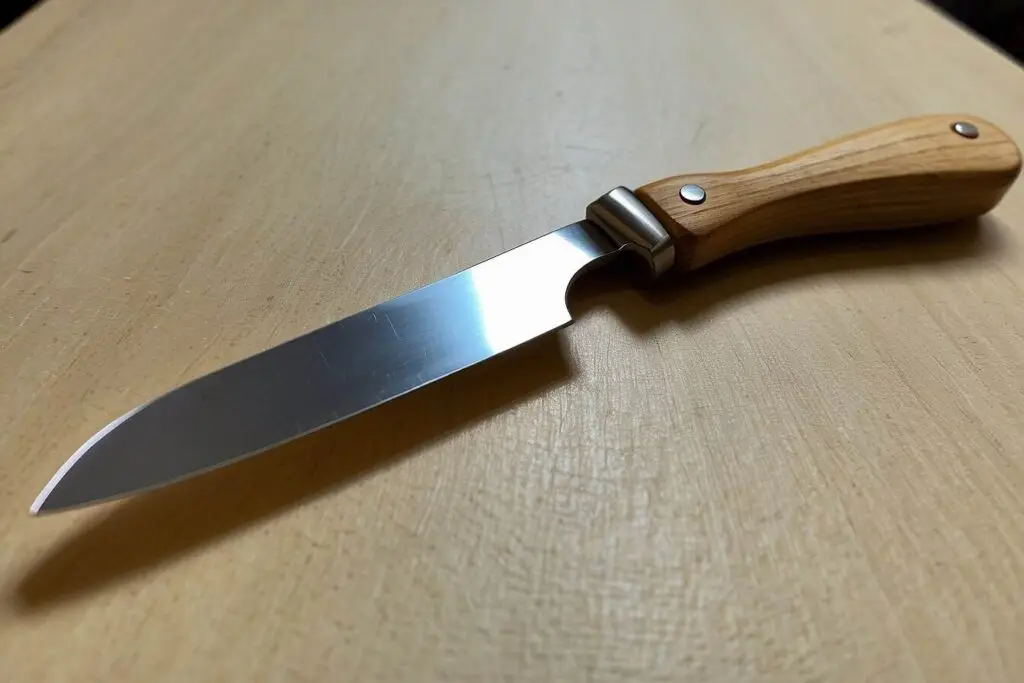
Applying Spreads and Jams
Other spreads, such as cream cheese, peanut butter, or jam, work well with it. These toppings get spread evenly by the broad, flat blade. An effortless butter knife is used for both sandwich and snack preparation.
Cutting Soft meals
A butter knife works well for cutting soft meals, despite not being sharp. Cakes and soft cheeses can be safely sliced with it. This is particularly useful if you have to serve these meals without squashing them.
Teaching Children Cooking Skills
Kids can easily use a butter knife since it is not pointy. They can pick up safe spreading and cutting techniques. It’s a fantastic method to teach kids some fundamental skills and get them started helping in the kitchen.
Different types of butter knife
There are several varieties of butter knives, and each has some awesome qualities. Let us investigate the assortment of butter knives available.
Type 1: Traditional butter knife
The traditional butter knife is the one that most of us are familiar with. It is often between 6 and 7 inches long with a blunt edge. Spreading butter becomes simple by the blade’s small curvature. These knives look well on any breakfast table and are frequently made with an exquisite, basic style.
Type 2: Butter Spreader
A butter spreader is a more compact version of a knife. For example, it’s ideal for individual usage at a family breakfast. The blade is rounded and broader to facilitate simple spreading. It works well with spreads like butter, jams, and others. They’re also simple to use for kids!
Type 3: Silver Butter Knife
The more upscale version. Their silver construction lends an elegant look to any table arrangement. Usually, the handle of these has elaborate decorations. Butter knives made of silver are frequently included in sets of silverware. They’re ideal for formal meals and special events.
Type 4: Plastic Butter Knife
Alternatively, there are useful, daily-use plastic butter knives. Kids may safely use them, and they’re easy to clean and long-lasting. They are frequently used outdoors or in picnic settings. They appeal to the younger demographic since they are colourful.
How to choose the best butter knife set?
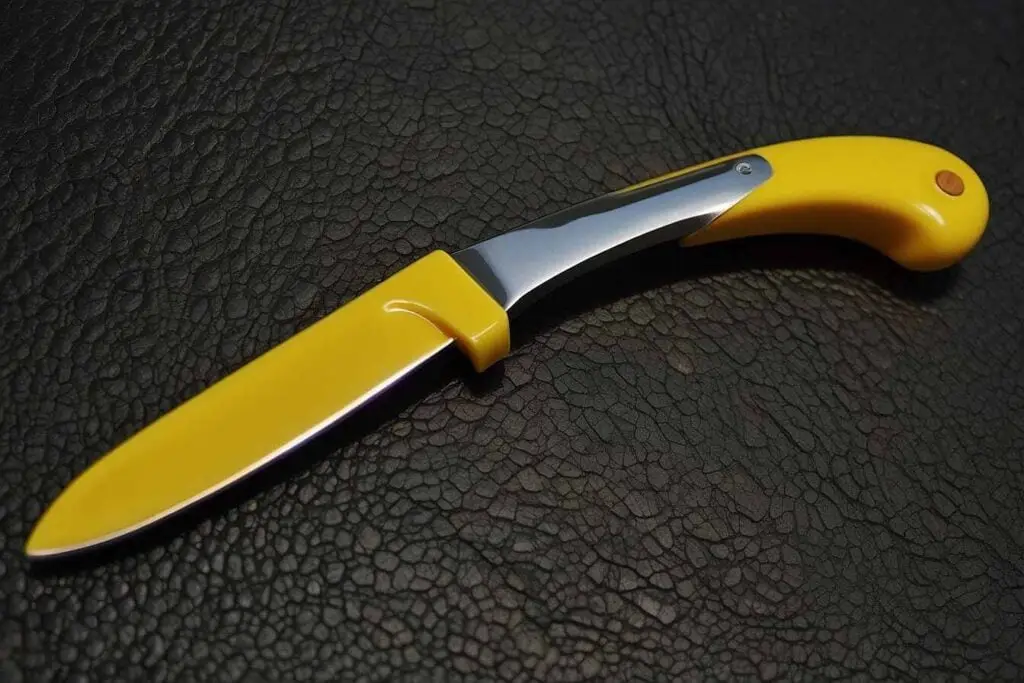
Selecting the ideal butter knife set is similar to selecting your kitchen table’s ideal squad. 6 tips to assist you choose a fantastic set are as follows:
Material Matters
Butter knives are available composed of plastic, silver, or stainless steel. Long-lasting and robust is stainless steel. Silver knives are elegant and ideal for special events. For kids and picnics, plastic ones are fantastic. Consider what you most need. Are you looking for something stylish, robust, entertaining and kid-safe?
Handle Design
It should be pleasant to grasp the handle. Some include patterns for a better grip, while others are smooth. Comfort is crucial if you use them regularly. Something with a stylish design can be appropriate for special feasts. To choose which feels the best in your hand, hold a few.
Size of the Set
How many knives do you need? There are many sizes for sets. For a family, a compact set works well. However, you may need a larger set if you entertain often. Consider how many guests typically sit at your table.
Blade Shape and Size
Most butter knives are between 6 and 7 inches long with a blunt edge. For easy spreading, the blade should be sufficiently broad. To cut through soft meals, some feature a sharp tip. Select a form that works for you.
Ease of Cleaning
Can you put these in the dishwasher? Silver knives frequently require hand cleaning, although stainless steel and plastic knives typically can. Dishwasher-safe knives may be your best bet if you are short on time.
Matching Your Tableware
Should your butter knives be the same color as the rest of your tableware? While some appreciate a mix, others want everything to match. Observe your forks and dishes. Are you looking for Vintage Butter Knives with the same style, or something different?
Final Thoughts
Never forget that the greatest butter knife set for you is the one that complements your style and needs. The perfect set makes spreading butter enjoyable and simple, whether it’s for everyday breakfasts, elegant dinners, or outdoor picnics. It can also enhance the appearance of your table.
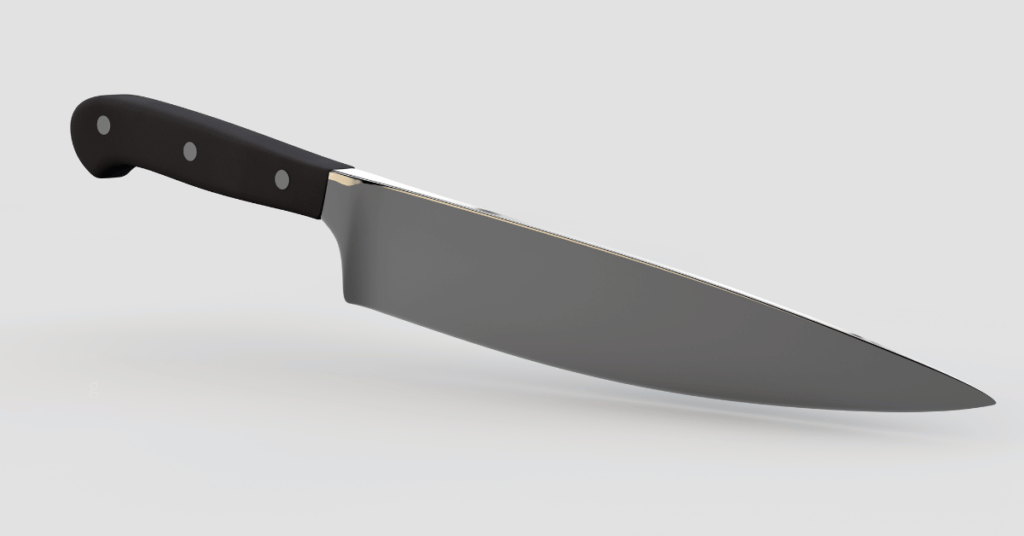
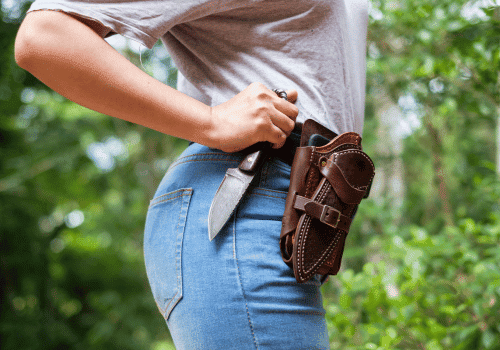
Профессиональный сервисный центр по ремонту бытовой техники с выездом на дом.
Мы предлагаем: сервис центры бытовой техники москва
Наши мастера оперативно устранят неисправности вашего устройства в сервисе или с выездом на дом!
Would love to incessantly get updated outstanding weblog! .
Выбор современных родителей – коляска-трость, с прочными колесами и удобной ручкой.
Эргономичная коляска-трость с эффектным дизайном, которая поможет вам в повседневных прогулках.
Купите легкую и компактную коляску-трость по доступной цене, с вместительной корзиной и мягкими подушками.
Элегантная коляска-трость для путешествий и прогулок, которая облегчит вам заботу о ребенке.
коляска трость легкая [url=https://kolyaski-trosti-progulochnye.ru/]коляска трость легкая[/url] .